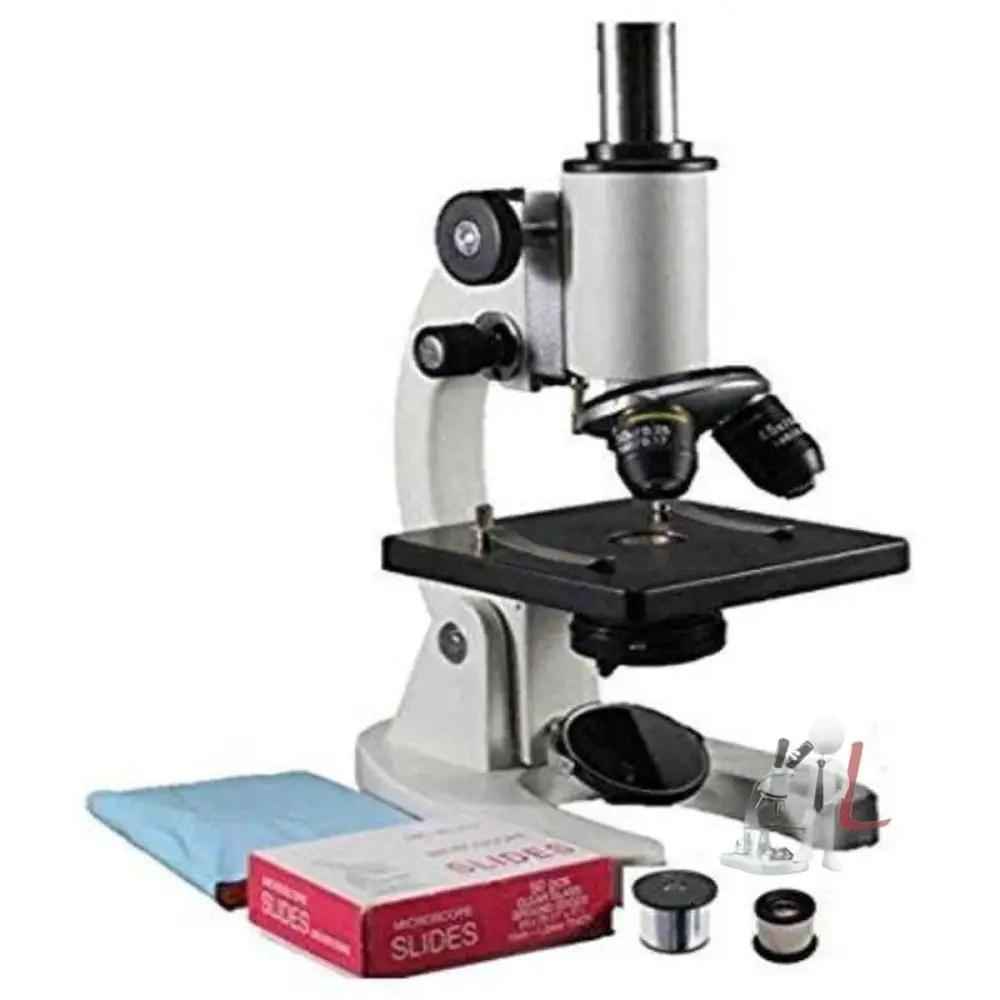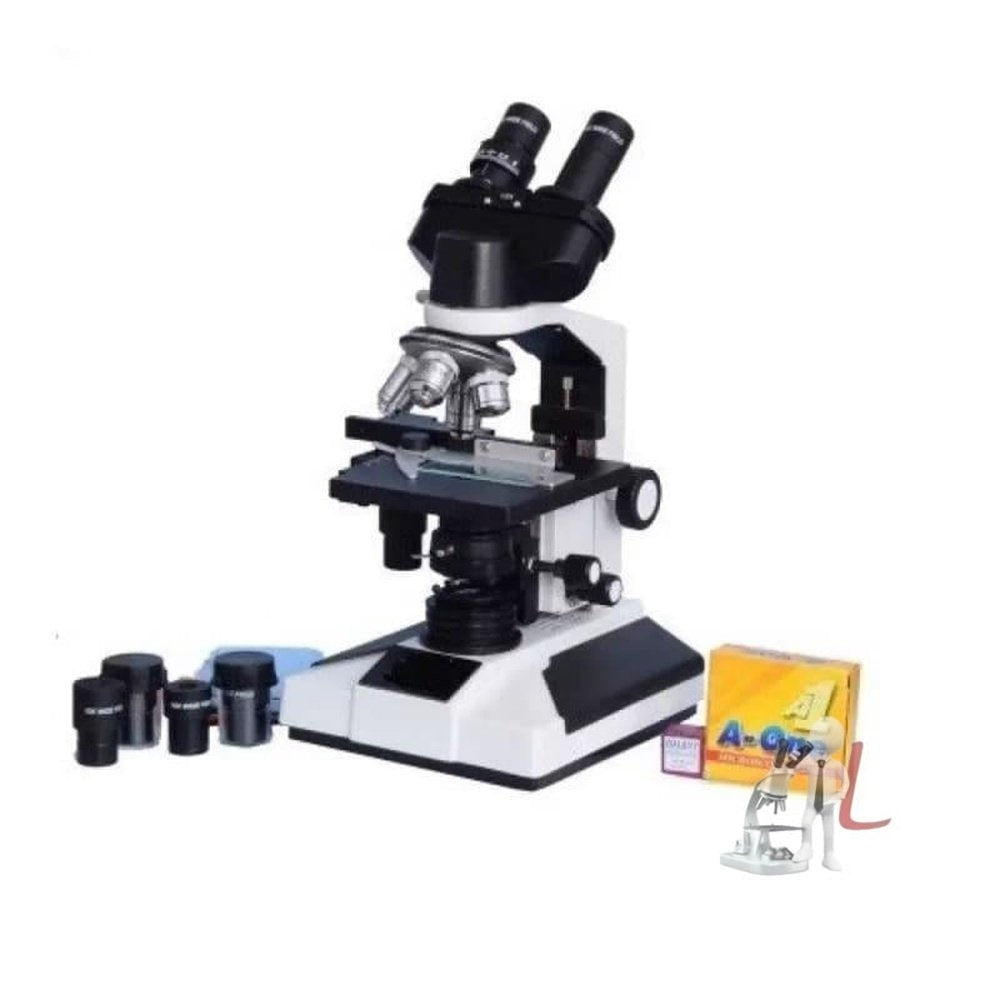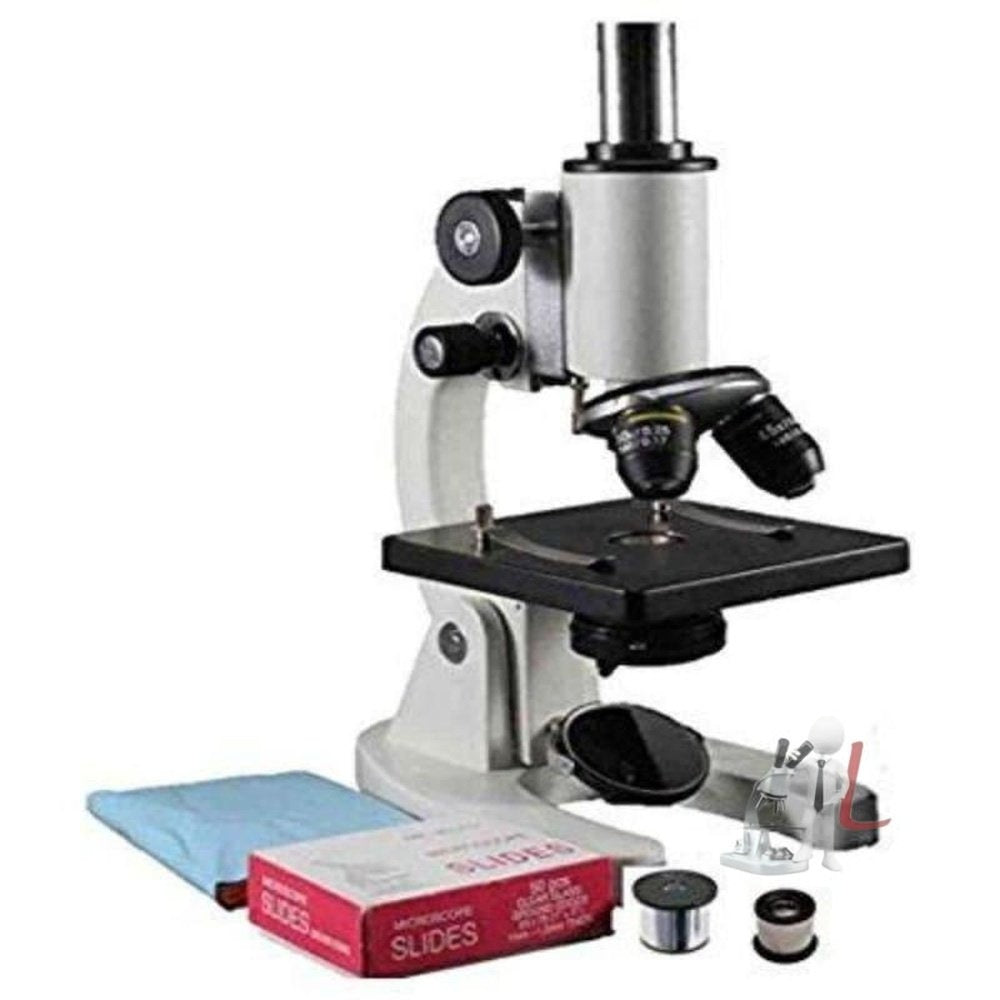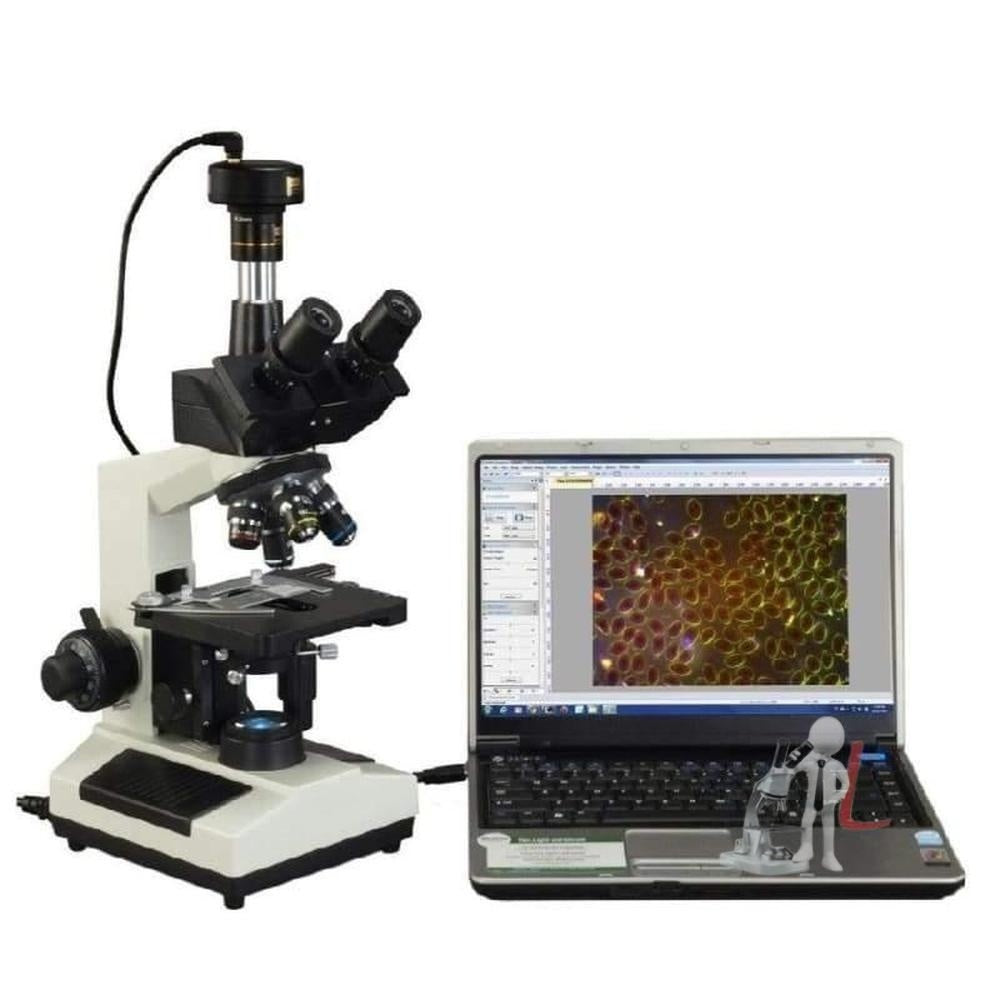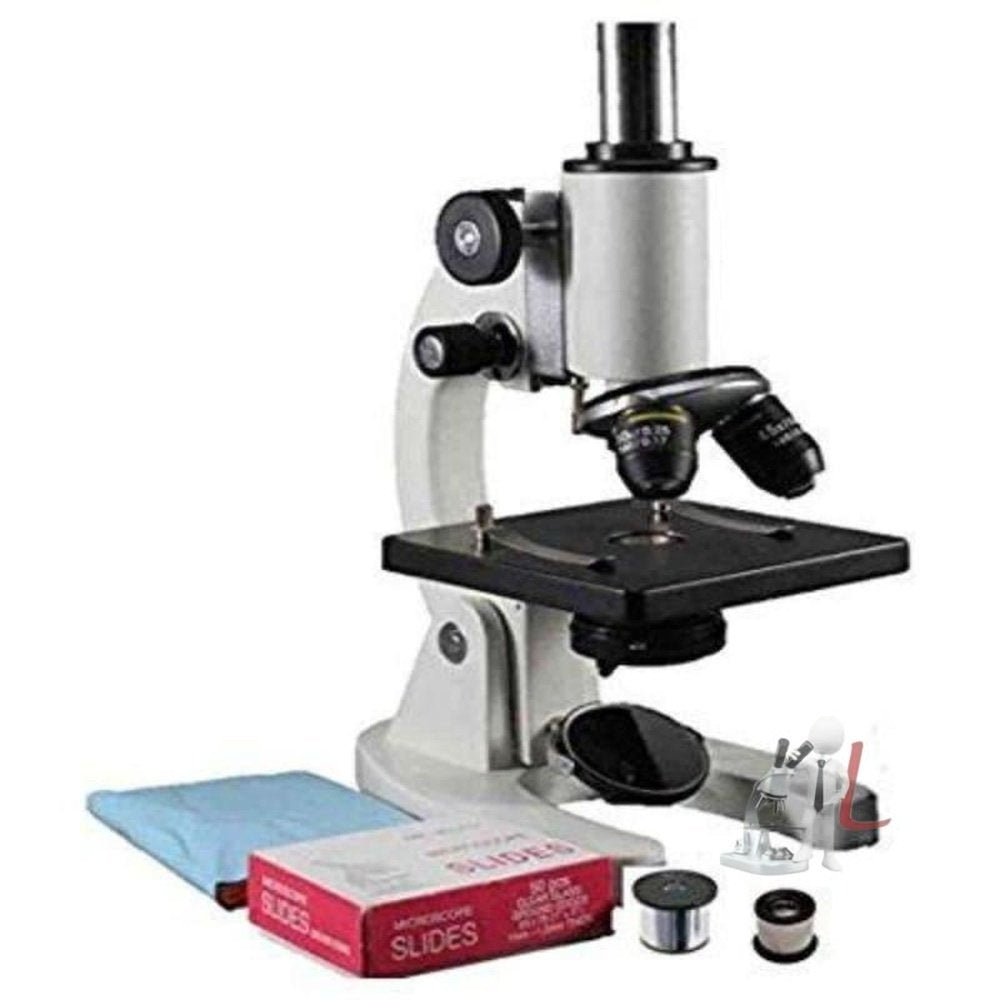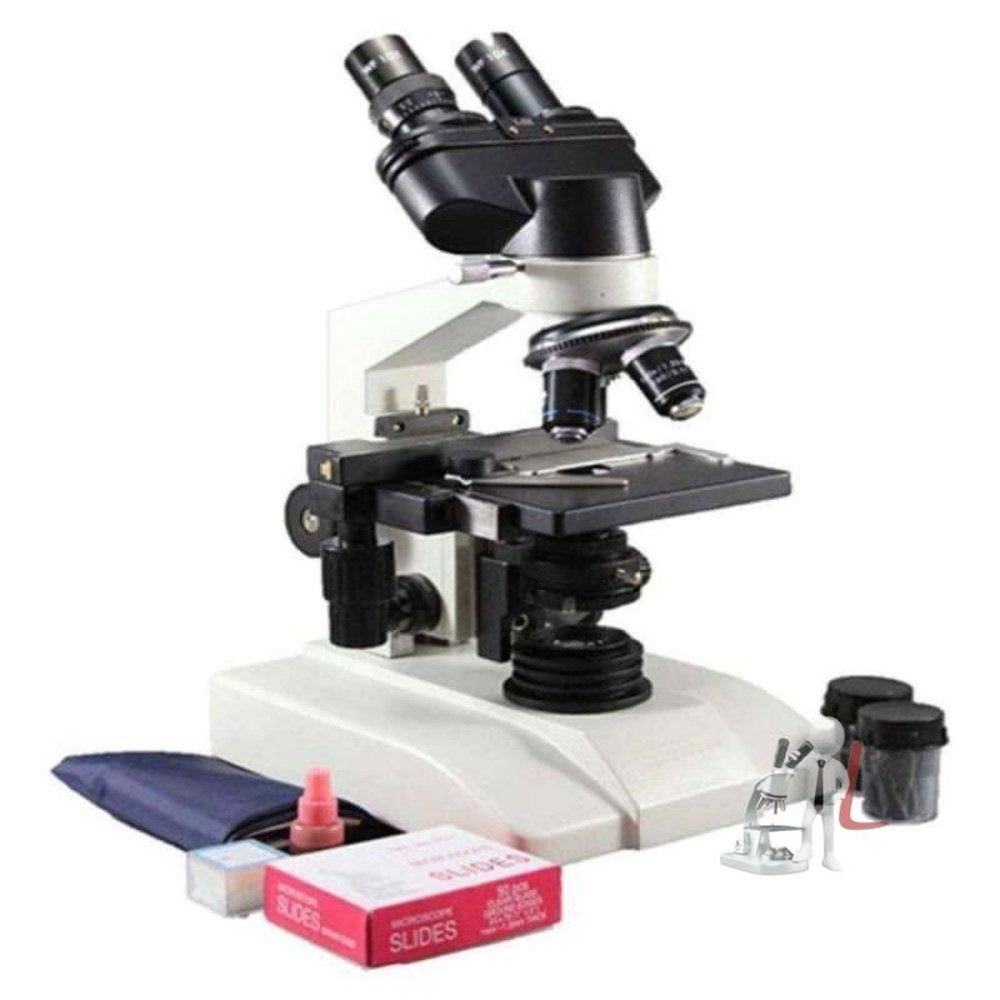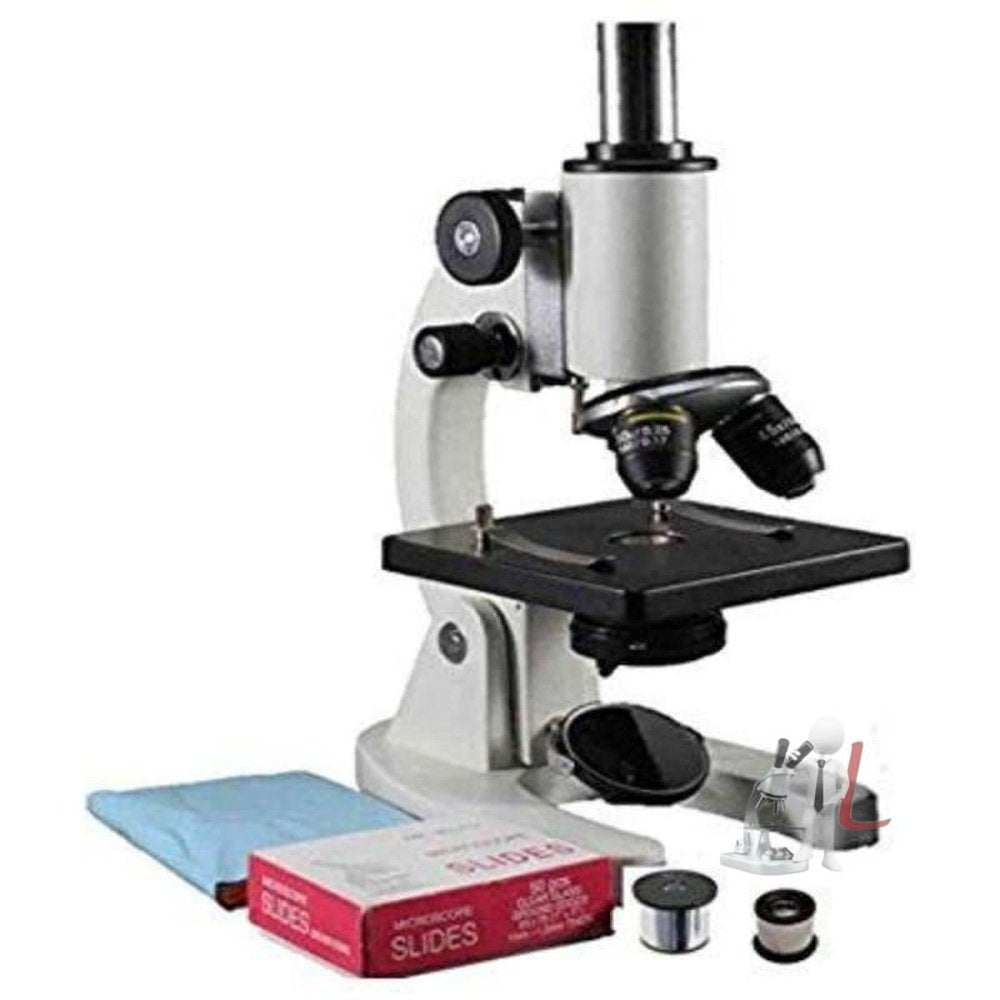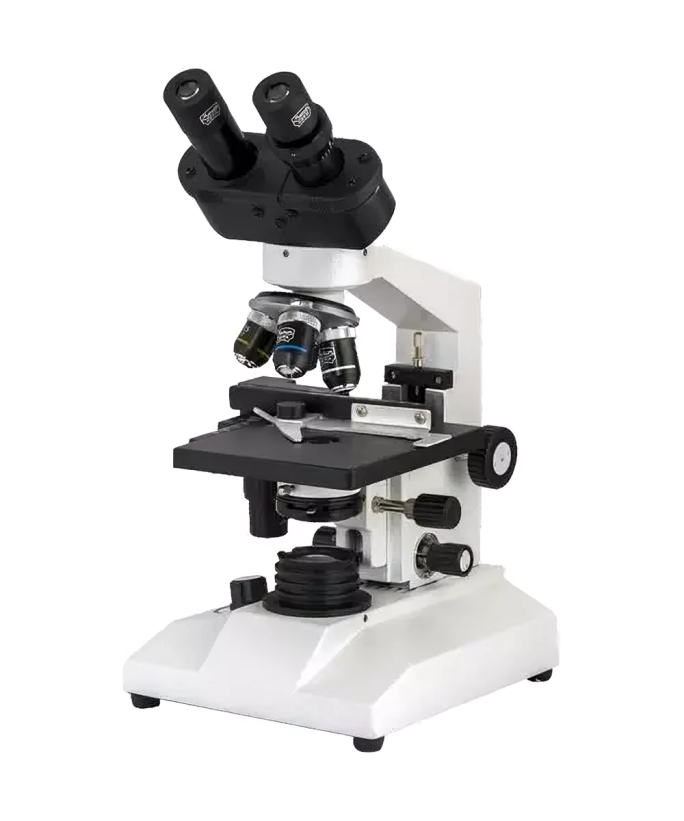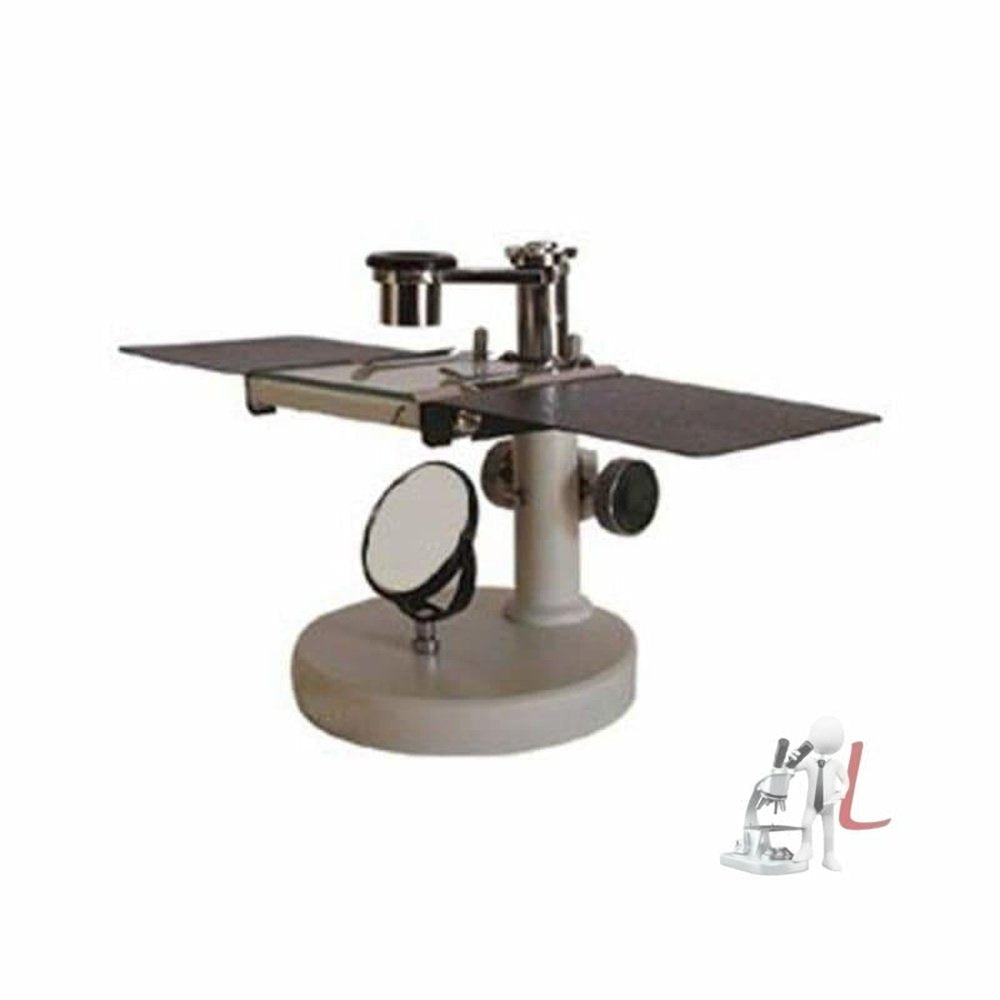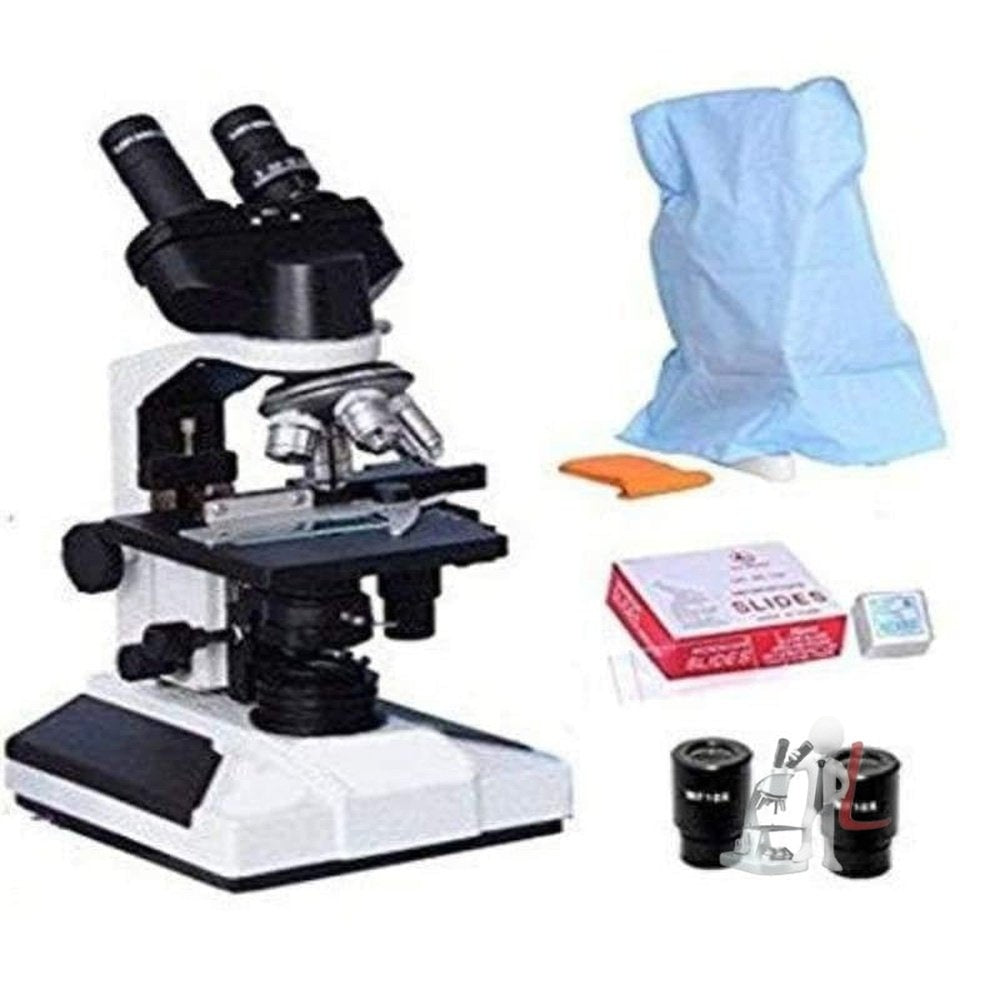Types of Microscopes
Types of Microscopes have revolutionized the way we observe and study the microscopic world. From biological specimens to industrial materials, understanding the different types of microscopes available is essential for researchers, educators, and hobbyists alike. In this comprehensive guide, we will explore various microscope types, detailing their unique features, applications, and the principles behind their operation.
First, let’s understand the basic classification of microscopes, which can be broadly divided into optical microscopes and electron microscopes. Optical microscopes utilize visible light and a system of lenses to magnify objects, while electron microscopes use a beam of electrons for imaging. The magnification power and resolution differ significantly between these two categories, impacting their applications.
Moving forward, we'll examine the different types of optical microscopes. The compound microscope is one of the most widely used types of optical microscopes, ideal for viewing small specimens like cells. It comprises multiple lenses that provide higher magnification than a simple magnifying glass. Researchers often use it in biological studies, where observing cells and microbes is essential.
The stereo microscope, another optical type, provides a three-dimensional view of the specimen, allowing for depth perception. It is advantageous in industries like electronics and entomology, where detail inspection is necessary. The simplicity and ease of use make stereo microscopes popular for educational purposes as well.
Another fascinating type is the inverted microscope, which is especially useful for observing live cells in culture. Its design allows scientists to view the specimen from below, offering a unique vantage point. This type has become crucial in biological and medical research, as it provides insights into cellular behaviors in real-time.
Diving deeper into the realm of optical microscopes, we encounter fluorescence microscopes. These advanced instruments utilize specific wavelengths of light to excite fluorescent dyes in the specimen, illuminating certain components with remarkable clarity. They are instrumental in cellular biology and molecular research, providing insights into the location and interaction of various cellular components.
Shifting gears, we turn to electron microscopes. The transmission electron microscope (TEM) allows researchers to view internal structures at incredibly high resolutions exceeding 1 nanometer. This capability is essential for material science and nanotechnology, where understanding the properties of materials at atomic levels can unlock new innovations.
On the other hand, the scanning electron microscope (SEM) provides detailed three-dimensional images of a specimen’s surface. It is widely used in fields ranging from biology to materials science, offering insights into surface textures and compositions that optical methods cannot achieve.
Beyond these primary categories, we also encounter specialized types of microscopes, such as atomic force microscopes (AFM) and scanning tunneling microscopes (STM). AFMs are pivotal in measuring surface forces and mapping surface topographies at the nanoscale level, while STMs are essential for imaging surfaces at the atomic level, making them invaluable in nanotechnology research.
In addition to traditional labs, the emergence of digital microscopes has transformed how we capture and analyze images. These microscopes often interface with computers and utilize digital imaging technology to allow for real-time observation and sharing of findings. This advancement is especially beneficial for education, providing students and educators with tools to enhance learning and collaboration.
In summary, understanding the various Types of Microscopes is vital for anyone involved in scientific exploration. Each type of microscope offers unique capabilities and advantages, catering to different research needs. As technology continues to evolve, so too will the types and applications of these essential tools. This guide serves as an introduction to the diverse world of microscopy, laying the foundation for further research and exploration in the field.
As we conclude, it’s important to emphasize the significance of selecting the appropriate type of microscope depending on the intended observation. Whether you are studying cellular interactions, material properties, or simply appreciating the beauty of tiny structures, there is a type of microscope suited for your needs. Through this understanding, we can harness the power of microscopy to expand our knowledge and unlock new scientific discoveries.
Filter
Sort by

